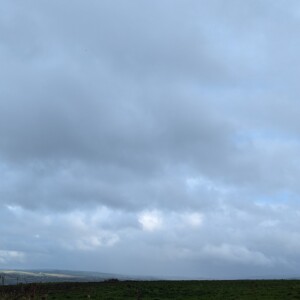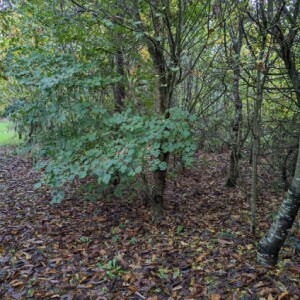No use crying
Memory lane. My childhood was on a dairy farm that would have been considered medium-sized at the time: 60-70 cows, milked twice a day. There was no 'milking parlour' through which the cows passed, production-line style, at milking time. Instead, each cow had its place in a 'cowshed'. In summer, they came in from the pasture twice a day - each one taking its rightful place by memory, staying just so long as it took us to milk them all (a couple of hours) then returning to the fields
In winter, they were tethered in place all the time - being let out into a holding yard once a day so that we could purge the shed of dung and re-bed them on straw (using hand-tools). Hay and silage were carried to them in their stalls (again by hand), supplemented by ground cereals and other feeds that provided supplementary protein
Milking involved carrying equipment from stall to stall, attatching it to the teats on the udder, waiting until the milk was extracted into a bucket, carrying the full bucket to a central point in the shed, and emptying it through a filter into churns like these, reassembling the equipment and moving on to the next cow. It is hard work
Part-filled churns were transported by hand, using a two-wheeled 'barrow' to a small shed, where the warm milk was cooled by lifting it into a head-high holding tank and letting it flow over a corrugated metal water-jacket, through which water flowed in the opposite direction. The cooled milk was collected in another churn, which was eventually filled to capacity. Each milking would produce 6 or 7 full churns
I learned from an early age that a gallon of milk weighs 10 pounds (actually it is about 9.75, but farm in those days were not precise places). A churn holds 10 gallons - a hundred pounds, 45kg. I guess the churn itself is another 10kg. The milk lorry called every morning. The churns were lifted on to the lorry (2 people on the ground, one on the lorry-bed) and exchanged for clean empty ones. We were lucky: the lorry came up the farm drive to the farmyard - we did not have to transport the milk ourselves to a roadside stand like this one
All quaint and antiquated now. There are many fewer dairy farms and many farms finding non-traditional sources of income. Churns - decommissioned decades ago - that mark the way in to the camp-site have had time rust from inside to out, looking as moth-eaten as my memories



Comments
Sign in or get an account to comment.


